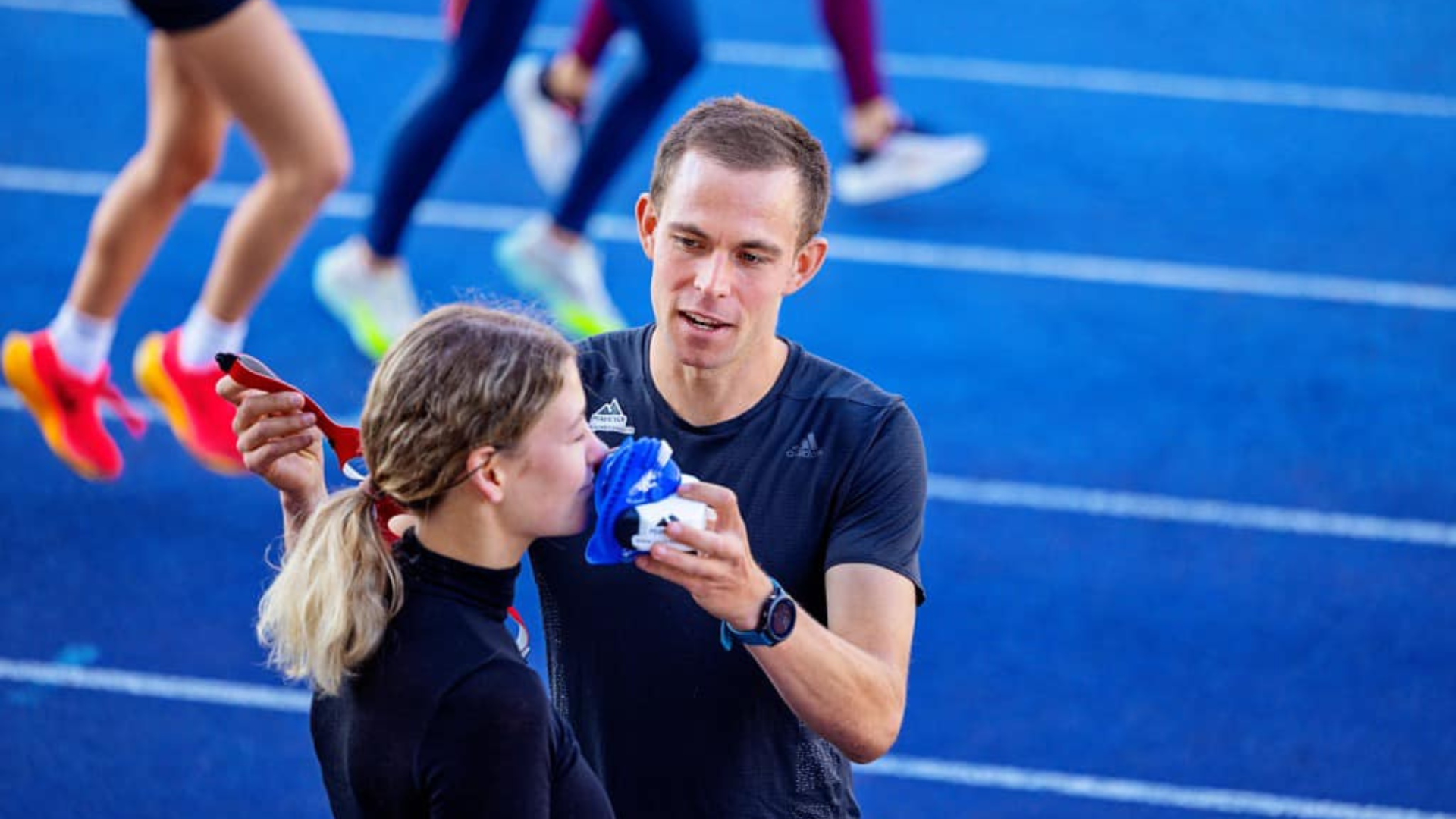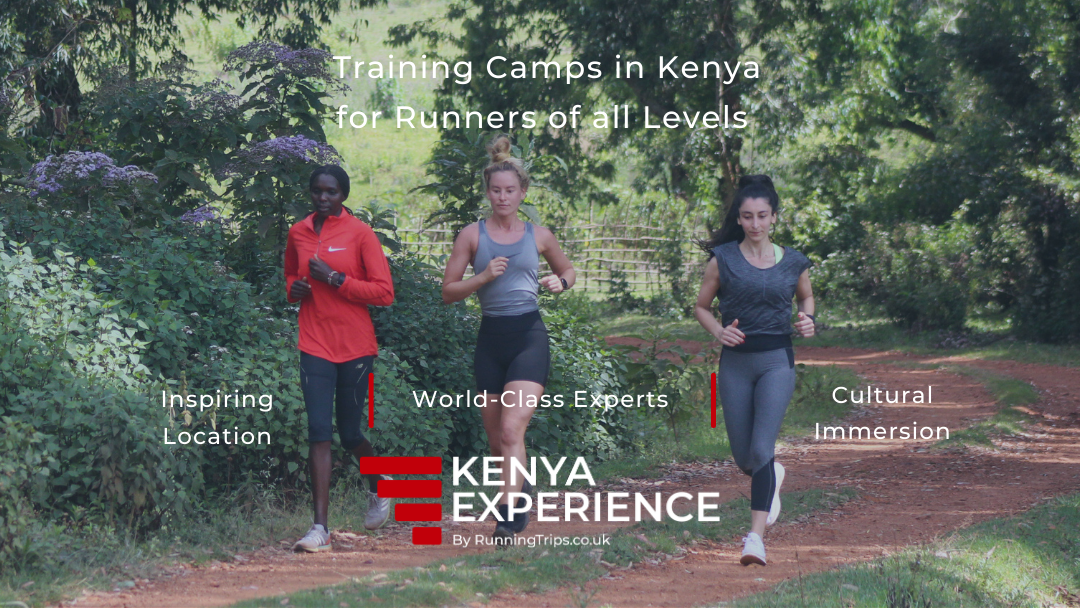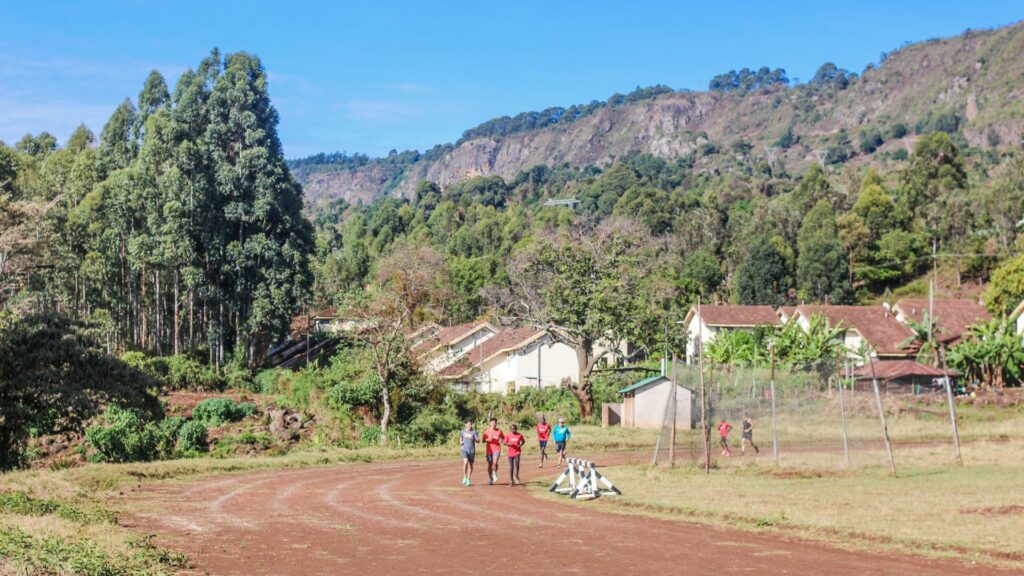
If you’re interested in lactate threshold training of distance running then read on. In this blog Callum considers the key takeaways from our recent podcast with Coach Mads Tærsbøl
You can hear the full podcast episode here
Mastering Lactate Threshold Training: Insights from Mads Tærsbøl
In the realm of competitive running, the difference between good and great often comes down to the details—data, metrics, and highly specific, personalised coaching. Mads Tærsbøl, a prominent Danish running coach and exercise physiologist, exemplifies this approach. Known for his scientific and data-driven methods, Mads has been instrumental in guiding athletes to peak performance. This article delves into the principles and practices that make his coaching so effective, offering valuable lessons for runners of all levels while also summarising and elaborating on our recent podcast episode with Mads.
Data-Driven Coaching:
Mads Tærsbøl’s coaching philosophy centres around the use of data to inform and optimise training. With a background that includes a Master’s degree in Exercise and Sports Science, Mads employs a rigorous approach to training that involves regular physiological testing to measure key metrics such as VO2 max, Lactate Threshold 1 (LT1), and Lactate Threshold 2 (LT2).
VO2 Max and Lactate Thresholds: VO2 max is a measure of the maximum volume of oxygen an athlete can utilise during intense exercise. While higher VO2 max values are often associated with greater aerobic capacity and endurance, it is not the sole determinant of performance. VO2 max is influenced by genetics, training status, and other factors, and improvements can vary among individuals. Lactate thresholds, particularly LT1 and LT2, provide more specific insights into an athlete’s performance capabilities while specific measurements of blood lactate concentration correlate highly with training intensity, providing a reliable measure of training effort.
LT1 and LT2 Explained:
- LT1 (Aerobic Threshold): This is the intensity at which lactate begins to accumulate in the blood, marking the transition from aerobic to anaerobic metabolism. Training at or just below LT1 can improve endurance by enhancing the body’s ability to clear lactate and utilise oxygen efficiently. While the exact blood lactate concentration at LT1 varies from individual to individual it is typically somewhere around 1.0 – 2.0mmol/L (although as Mads explains in the podcast, proper testing is required for effective long-term training at this intensity).
- LT2 (Anaerobic Threshold): This threshold represents the intensity at which lactate production exceeds the body’s clearance capacity, leading to rapid fatigue. Training at or near LT2 can increase the ability to sustain high-intensity efforts, which is crucial for competitive performance at most distances. Blood lactate concentration at LT2 is typically somewhere around 3.0 – 4.5mmol/L, but again, this varies widely between individuals.
Practical Application: Mads emphasises regular testing—ideally every 6-8 weeks—to monitor these metrics and adjust training accordingly. This ensures that training remains aligned with the athlete’s current fitness level and goals, preventing overtraining and optimising performance gains. By understanding these thresholds, Mads can tailor workouts to push the boundaries of an athlete’s endurance and speed without crossing into overtraining territory. In our recent podcast episode, Mads explained how frequent testing allowed him to adjust training loads and intensities to keep athletes in their optimal training zones, ensuring continuous progress and avoiding plateaus.
Breathing Efficiency and Cardiovascular Health: Breathing efficiency and cardiovascular health are critical components of running performance. Mads incorporates exercises and training techniques that enhance these areas, ensuring that his athletes can sustain high performance levels. Techniques such as controlled breathing exercises and cardiovascular conditioning are integral parts of most of his athletes’ training programs. During our conversation, Mads highlighted specific breathing drills that help athletes maximise their oxygen intake and improve endurance.
Holistic Approach to Training
While data is at the core of Mads’ methods, he also stresses the importance of a holistic approach. This means considering the athlete’s overall well-being, including mental health, nutrition, and recovery, as well as external stresses such as work/social life, when formulating a training plan.
It is also very important to consider that every athlete is unique, and what works for one may not be the most efficient approach for another. Mads stresses the importance of combining subjective feedback from athletes with objective data to create highly specific training plans based on precise areas of potential improvement. This is another reason why regular testing is important – to identify whether certain methods of training are having the desired outcome for each athlete.
Case Study – Victor Smångs: Victor Smångs, Swedish distance runner who only took up running seriously at the age of 33, is a prime example of Mads’ coaching success. Under Mads’ guidance, Victor achieved a sub-29-minute 10k at age 38, at the Trafford 10k, taking the win in the process ahead of some talented British athletes. While this achievement was of course largely down to Victor’s hard work and dedication, Mads was able to make the training process far more efficient by identifying areas of weakness in Victor’s performance. By focusing on Victor’s individual needs, Mads was able to optimise his training for maximum performance improvements and in the podcast, Mads detailed the specific adjustments made to Victor’s training based on real-time data and feedback.
The Benefits of Controlled Training
One topic that we kept touching on throughout the podcast episode was the notion of training in a highly controlled manner, vs the more traditional approach of frequently pushing oneself to the limit. Mads is a proponent of this idea and outlined some of the benefits of training in this way.
- Preventing Overtraining and Injuries: Keeping training at a controlled intensity helps prevent overtraining and the associated risk of injuries. By carefully monitoring training loads and intensities, athletes can avoid the detrimental effects of excessive fatigue and ensure adequate recovery. Overtraining can lead to chronic injuries and burnout, which can derail an athlete’s progress and performance.
- Optimising Performance: Training at the appropriate intensities, based on individual data, ensures that athletes are working within their optimal training zones. This maximises the benefits of each session, leading to more significant improvements in performance. In our podcast, Mads emphasised that controlled training allows for steady, incremental progress, reducing the likelihood of performance plateaus.
- Volume: One of the key drivers of performance is the number and efficiency of mitochondria in the muscles, and one of the most effective ways of increasing mitochondrial density is by increasing training volume. Mads elaborates on this concept in the podcast but essentially says that by training at a controlled intensity most of the time we can increase the overall volume of training without too much fatigue.
- Enhancing Mental Focus: Structured training plans reduce the mental stress associated with constantly pushing to the limit. Knowing that each session has a clear purpose and is based on scientific principles helps athletes stay motivated and focused. Mads discussed how controlled training helps athletes maintain a positive mindset and reduces anxiety about overtraining.
- Building Long-Term Sustainability: A controlled approach to training is more sustainable in the long run. It promotes a balanced lifestyle, reducing the risk of burnout and ensuring that athletes can maintain high performance levels over an extended period. Mads highlighted that sustainable training practices are crucial for long-term success and career longevity.
The Importance of Subjective Feedback:
As well as outlining the benefits of utilising data and physiological metrics to fine tune training, Mads also emphasises the importance of an athlete’s subjective feedback and intrinsic feeling. In our podcast episode, Mads pointed out that an athlete’s ‘feeling’ is ultimately more (or at least as) important as the numbers he sees from testing.
“I like people to be able to fine-tune their subjective feeling with the objective data. This means I spend quite a lot of time teaching people what it feels like to be around LT1 or the aerobic threshold, and what it feels like to be around 5K pace.”
Mads believes that combining subjective feedback with objective data leads to the most effective training outcomes. By paying close attention to how their bodies feel during training, and combining this with even the more ‘basic’ data such as heart rate and pace, it is possible to gain a fairly accurate approximation of your training zones and the intensities that lead to the most efficient improvements. So this style of training can, and does, work well even without advanced lactate threshold testing. Gavin is also a proponent of this approach and often refers to his coach (Alex Hains) who prescribes very controlled, aerobic (LT1) workouts but without measuring lactate.
Key Takeaways for Runners who want to Improve:
Whether you’re an elite athlete or just getting started on your running journey, there are valuable lessons to be learned from Mads Tærsbøl’s approach to training:
- Utilise Data: Regularly measure key metrics to inform your training. Understanding your, heart rate, lactate thresholds and other metrics can help tailor your workouts to your fitness level and goals. This data-driven approach ensures that every training session is purposeful and aligned with long-term performance objectives.
- Adopt a Holistic Approach: Consider all aspects of your well-being. Ensure you’re not just physically fit but also mentally resilient. Pay attention to your nutrition, recovery, and overall health. A balanced approach to training includes adequate rest, proper nutrition, and mental health practices.
- Personalise Your Training: What works for others may not work for you. Utilise data to create a training programme that addresses your unique needs and capabilities and regularly adjust your training based on feedback and new data. Understanding the data isn’t always easy so this is where a competent coach could play an extremely useful role if this method of training piques your interest.
- Focus on Consistency: Regular, consistent training aligned with your goals and capabilities is key. Avoid the temptation to overtrain and listen to your body’s signals. Consistency over time leads to significant improvements in performance and endurance.
- Embrace Testing: Regular physiological testing allows you to track progress and make necessary adjustments. It ensures that your training remains effective and aligned with your goals. Testing key performance metrics provides objective insights that can help fine-tune your training for optimal results.
Conclusion
While Mads Tærsbøl’s approach to running coaching certainly isn’t for all runners out there, it is hard to argue that it isn’t effective when applied rigorously and Victor’s recent results are a small snippet of proof in that regard. For more detailed insights into what we discussed in this article you can listen to our conversation with Mads during our recent podcast episode HERE.
About the Author:

Callum Jones heads up marketing and customer service at Running Trips and is co-host of the Conversations about Running Podcast. A decent runner himself, he has run 5k in 14.05 and began working for Running Trips in October 2017. He also works for sports brand On and coaches runners in his limited spare time.
Running Trips provide training camps for runners of all levels in Kenya and the UK.
Kenya Experience
Combine a serious training camp with a cultural immersion into the world of Kenyan Running.
Enjoy the ultimate running holiday with Kenya Experience.
Training Focus Camps
UK-based weekend Training Camps. World-Class Experts, Small Groups, High-Performance Venues.
Improve your running with Training Focus Camps.



Recent Comments